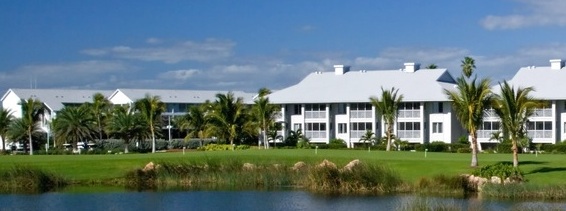Every day, more than 10,000 baby boomers turn 65. While many of these individuals will continue living in their own homes, or the homes of family members, an estimated five to eight percent of them will choose to live in a seniors-only multifamily housing unit, according to the American Seniors Housing Association (ASHA).
Senior housing is classified by ASHA as a residential setting with a minimum age requirement — typically 55. Senior housing is then broken down into five categories: senior apartments, independent living, assisted living, nursing care and continuing care retirement communities. With more than 76 million baby boomers born between 1946 and 1964, the market is ripe for senior housing developments.
Today’s seniors are very specific when it comes to what they are looking for in senior housing. With a recovering housing market and the need for seniors-only developments, here are four trends in senior housing:
Creating More Common Areas
Senior housing developments should feature community rooms for residents to build relationships, share hobbies and participate in group activities. Developers may even consider the possibility of adding an arts and crafts room or even a woodshop to the development. But the concept of common areas should not be exclusive to designated rooms, developers should also consider creating hallways and elevator lobbies that are conducive to a more community environment. In this way, residents on each building level can begin to form a sense of neighborhood by communing within that smaller population.
Providing Wellness and Fitness Options
Wellness in senior living is founded on a multi-dimensional approach that addresses residents’ physical, spiritual, emotional, environmental, intellectual and health services needs. The most important wellness amenities that garnered the largest share of survey responses included fitness centers, walking/bike paths, indoor pool and garden/green house, according to an LCS survey data.
Sustainable Environments
Sustainable design concerns have come to senior living and are an increasingly important factor in the design and operational goals of new projects. The kinds of green design concepts that are being applied to office buildings and schools— daylighting, improved indoor air quality, energy and water conservation, views of nature, gardens and water features, efficient lighting and lighting controls—are also being applied to senior living.
Expanding Urban Options
A lot of empty nesters and seniors want to move back into city centers to enjoy the richness of an urban lifestyle and amenities such as having a doorman and home meal deliveries. Seniors will seek walkable neighborhoods with convenient access to transit, shopping, cultural activities and public parks.
By 2050, the Census projects that 88.5 million people in this country will be 65 and older, comprising 20% of the total U.S. population at that time. That’s more than double the number of seniors today, who account for roughly 13% of the population. Now is the time to begin planning to provide ample and affordable housing to this rapidly growing population.
For more posts on trends in senior housing, subscribe to our blog.

